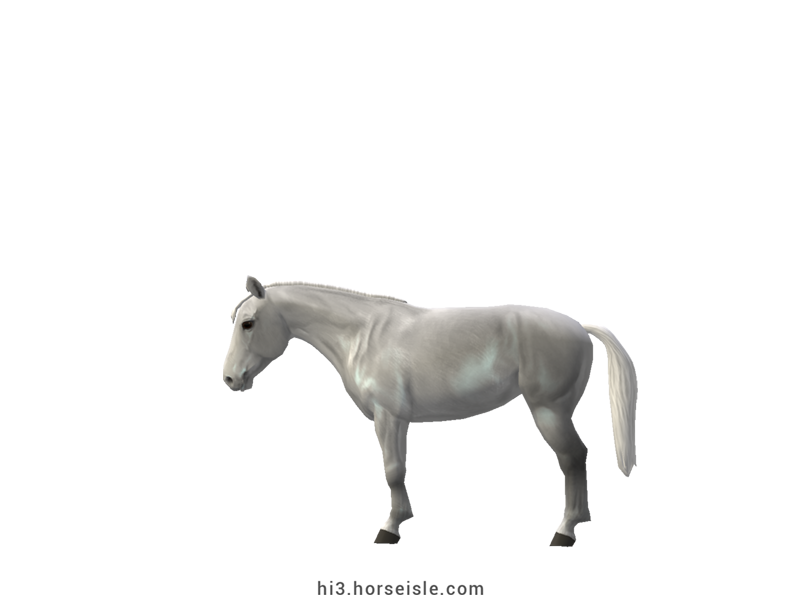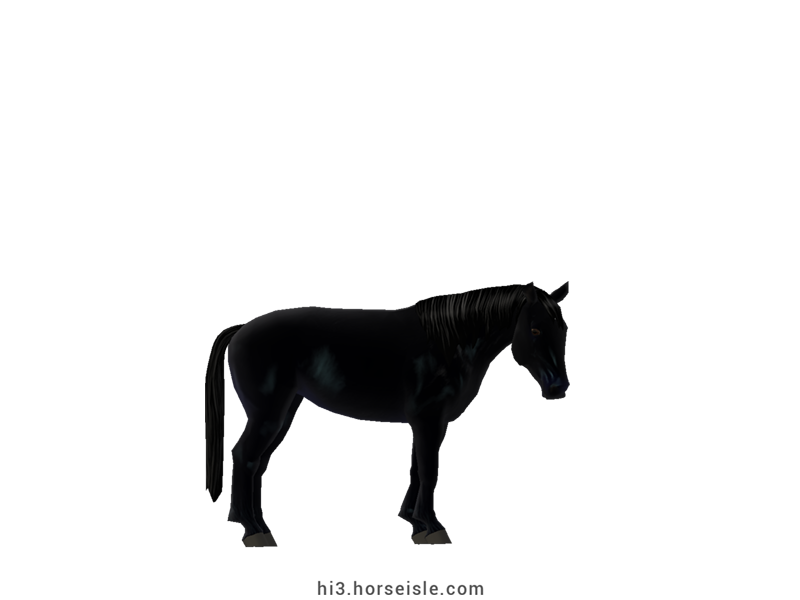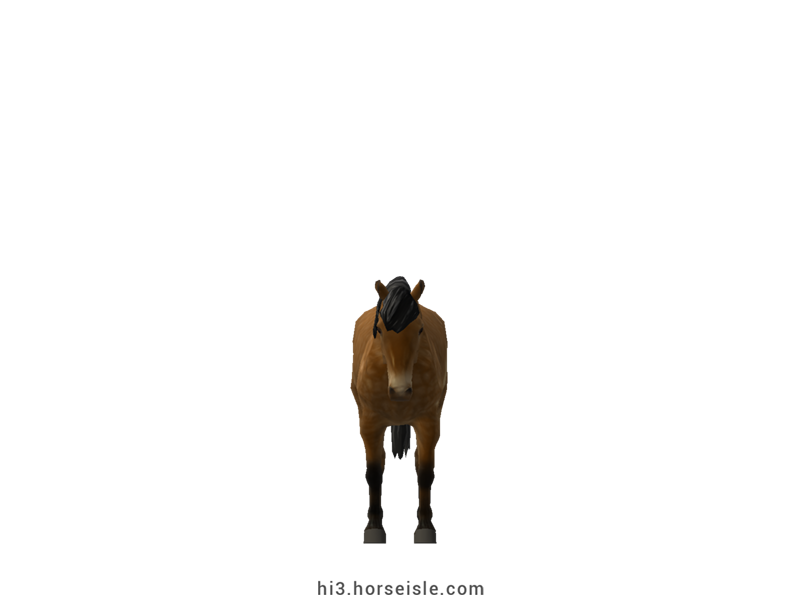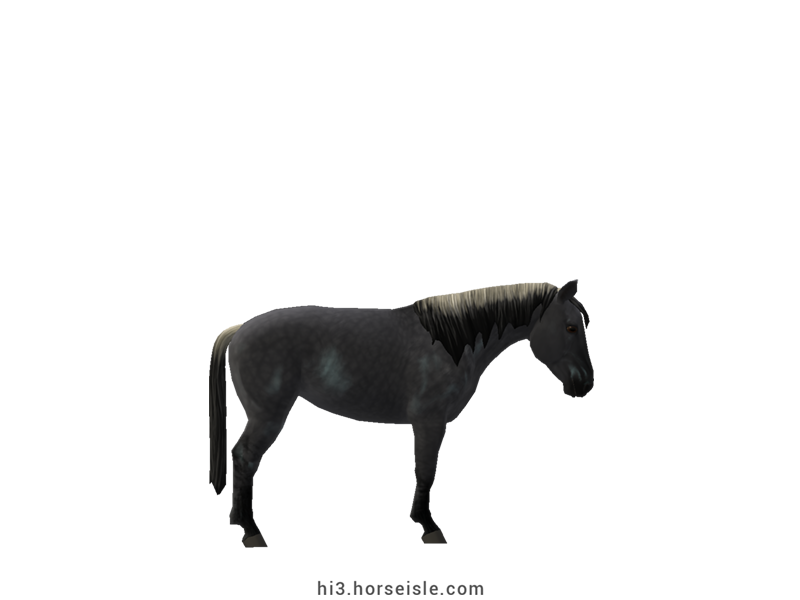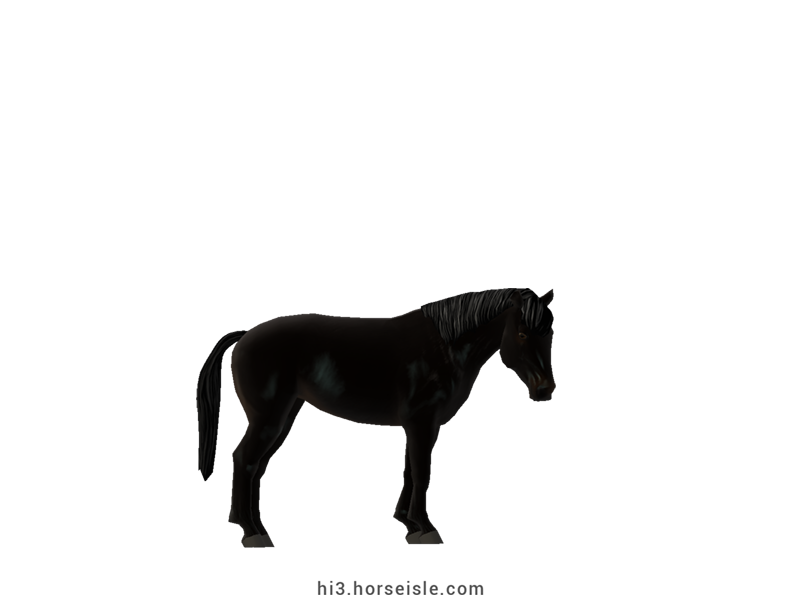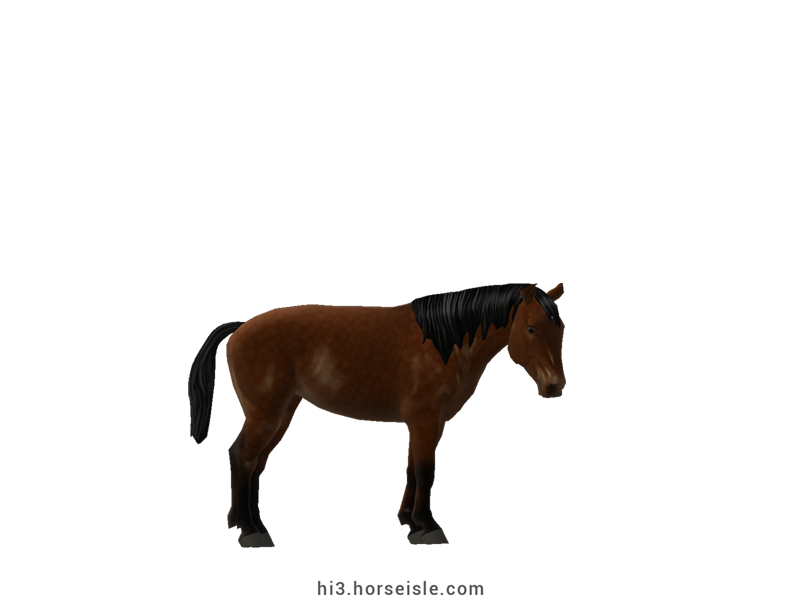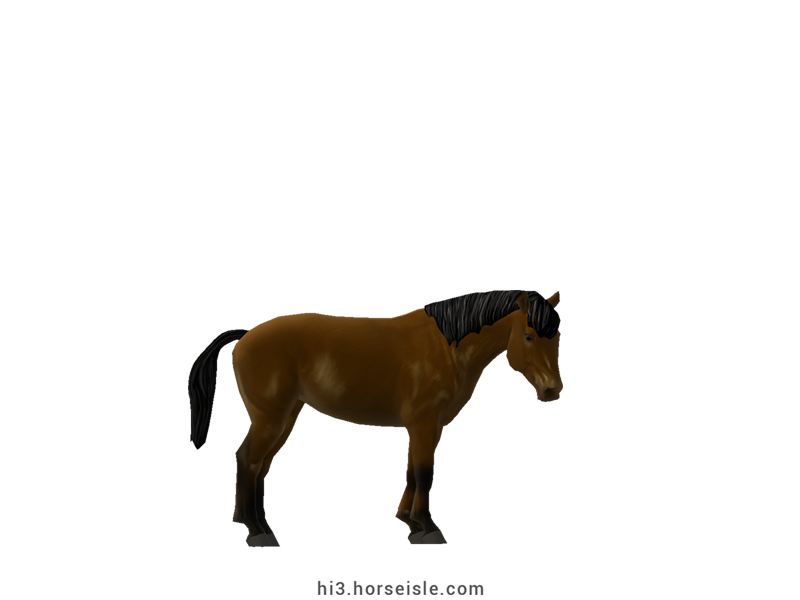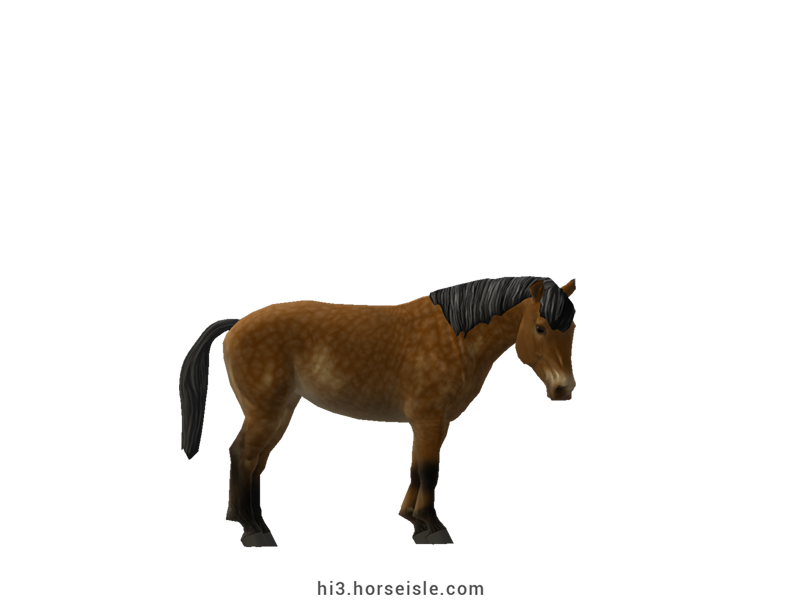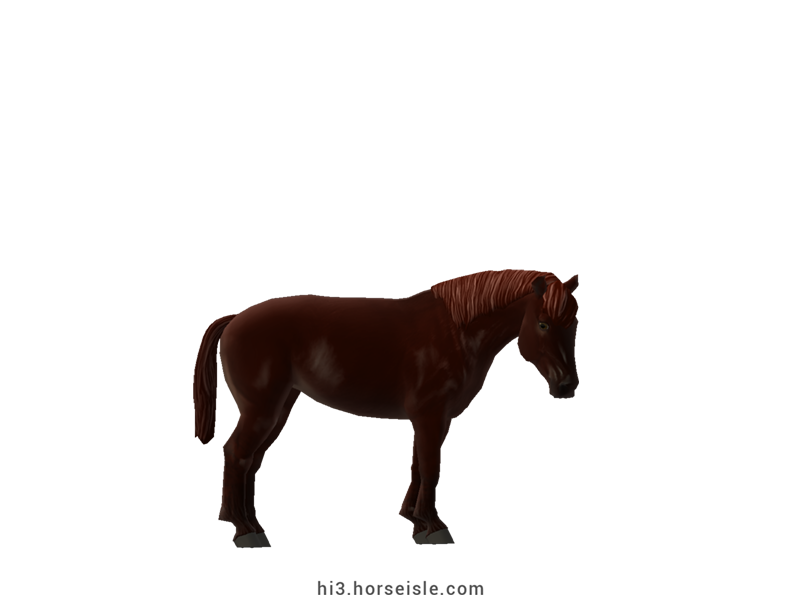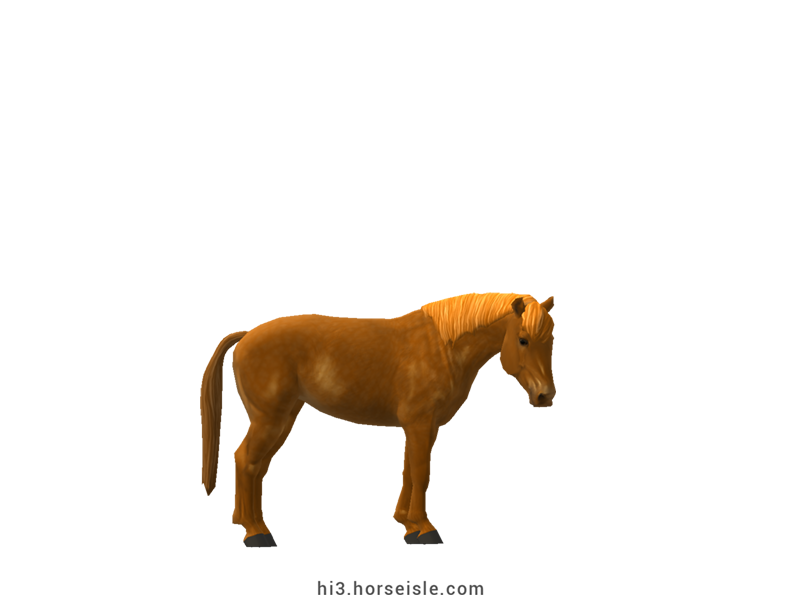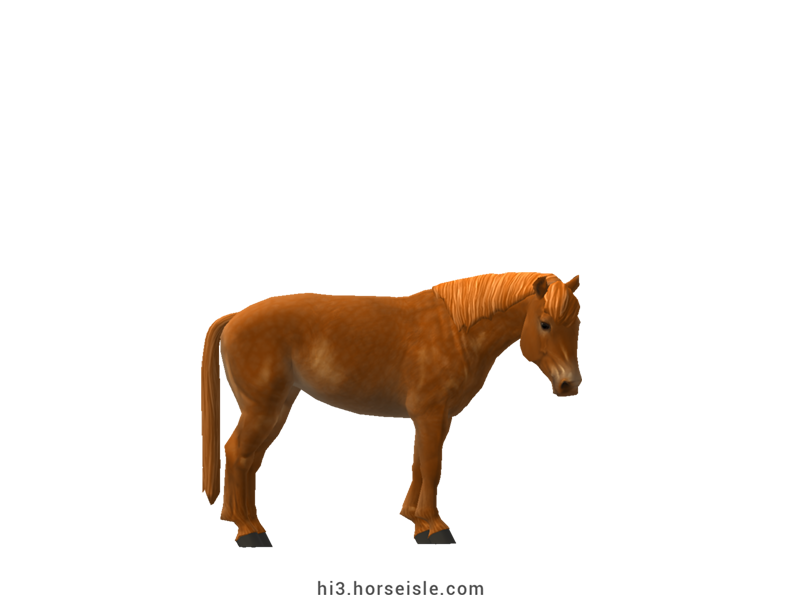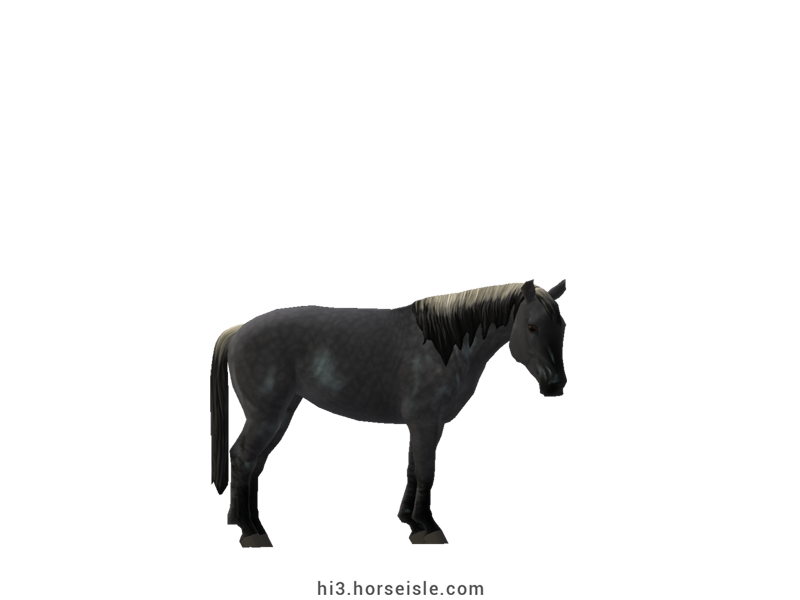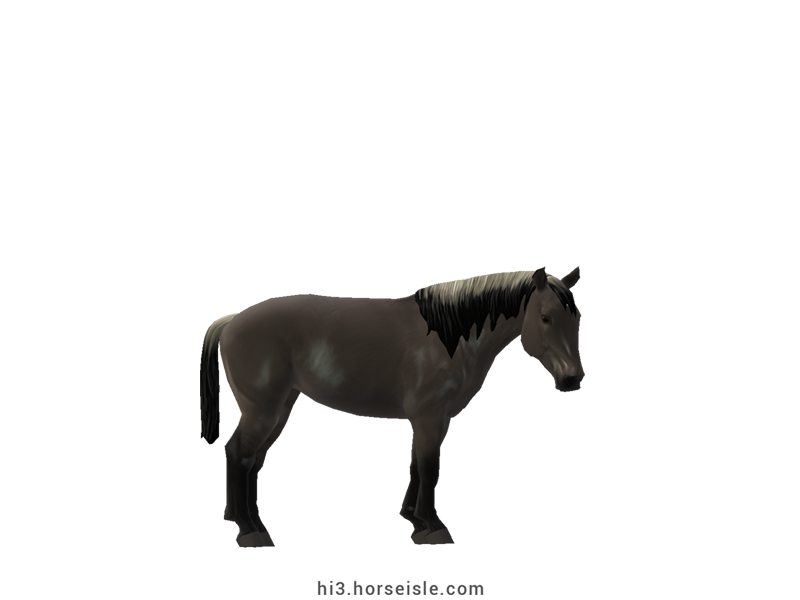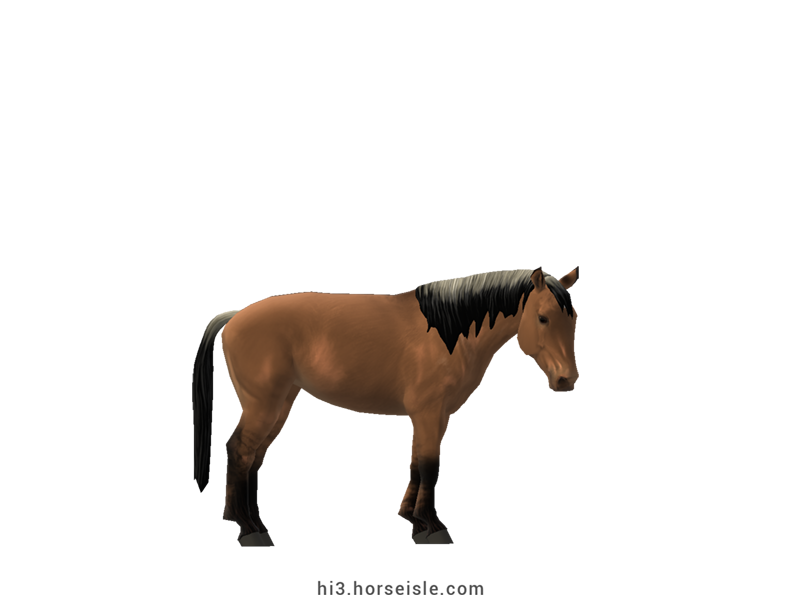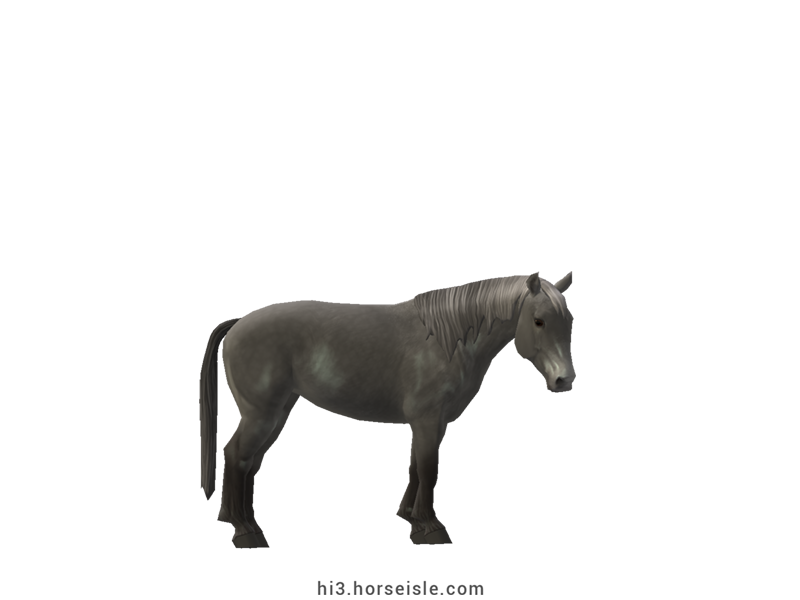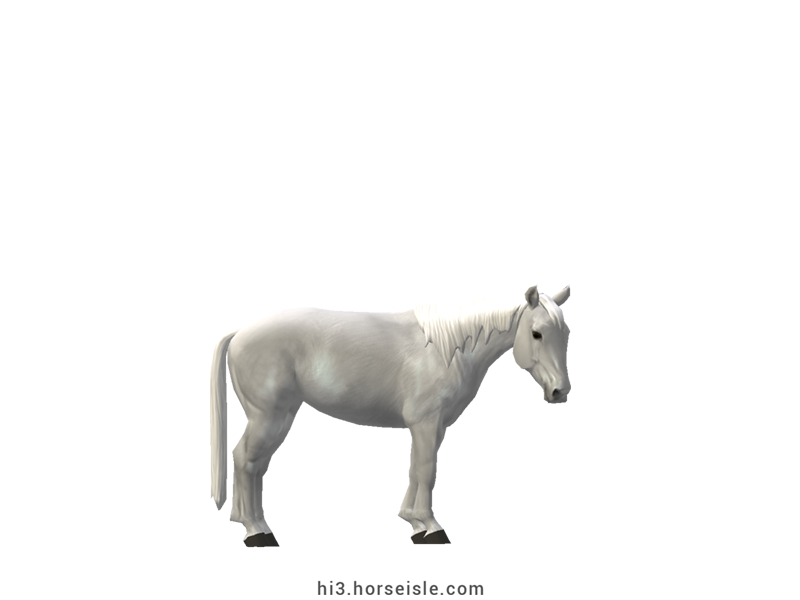Our Massive Real World Equine Reference!
[ INDEX ] Equine Type: Horse Breed: Spiti [ PREV ] [ NEXT ]
The small pony from the cold desert:
The Himalayas are famous for their mighty mountains, their ridges being the home to some of the tallest in the world. Less is known that among those colossal mountains lay hidden valleys, one of them is Spiti, a valley located on the border between India and Tibet.
Spiti is a cold desert, covered by snow during the winter, remains chilly during the summer, and overall has less greenery than one would expect. Still, it became the home for herds of small ponies whose origins remains a mystery, although they probably derive from the same stock from which Tibetian ponies were developed.
The speedy Spiti and the steep slopes:
Over the course of centuries, the cold desert shaped those ponies into the Spiti breed; a surefooted pony that is well-adapted to the local coldness, the scarcity of vegetation, and the high altitude.
Spiti ponies became a prominent figure in the everyday life of the local tribes, serving as pack ponies, be it for transporting goods for commerce or carrying sustenance for journeys. They excelled at their job primarily thanks to their ambling gait, which allowed them to move quickly up and down the ridges in a safe and balanced manner even when carrying heavy cargo.
Rocky road:
Spiti ponies remained a common sight all the way into the 21st century, when the improvement of roads made it easier for mobilized transportation to reach Spiti Valley. This made the ponies largely redundant and their numbers plummeted.
Luckily for them, in 2002 the Indian government set up a breeding plan to conserve the ponies. Their numbers increased dramatically, with around 4,000 ponies roaming Spiti and its surroundings in 2020.
The Spiti today:
Today, Spiti ponies roam in Spiti valley, particularly in Pin valley, from spring to autumn. They graze freely during the day but are kept in a pen during the night. The herding and managing of the Spiti herds are done by a Tirzi and a Tatok--the traditional name for two herders who are charged with ensuring the herd's safety.
During winters, the Spiti ponies are kept indoors and are trained for pack work and sometimes also for riding. Many of them are later sold, thus providing income to the local tribes. Others serve as breeding stock or as pack and riding ponies for traveling across the mountains.
Conformation:
The head of the Spiti is large and has a concave-to-straight profile. The ears are short-to-medium in length, but of great width, and with tips that curve inwards although not to the same extent as in other Indian breeds.
The neck is short and connects to low withers. The back is flat, connecting to horizontal loins. The croup is sloping toward the tail which is carried somewhat high. The girth can be deep, and the legs are short and with broad joints.
The mane can be anywhere from thin and sparse to coarse and bulky, although the forelock is usually full, which is why in Horse Isle Spiti ponies always have medium-length manes. The tail has similar variability, with some individuals having a short tail while others have a long one, and some have a thin tail while others have a thick one.
The legs always have feathering, which ranges from light feathering on the fetlocks during summers to medium feathering along the cannons during winter.
Performance metrics:
The following are the: range, average, (SD), and MOE of performance metrics of ordered Spiti ponies in Horse Isle (not bred ones). In rare cases,
Speed: 13.5-14.8, 14.1 (0.3), 0.06.
Sprint: 31-43, 37 (2), 0.49.
Accel: 0.77-0.96, 0.86 (0.04), 0.01.
Decel: 0.81-0.96, 0.89 (0.03), 0.01.
Jump: 4.71-4.96, 4.86 (0.06), 0.01.
Pull: 1.34-1.99, 1.71 (0.12), 0.02.
Turning: 37.83-53.50, 44.90 (3.41), 0.67.
Reverse: 2.1-2.7, 2.3 (0.2), 0.03.
Stamina: 49.64-53.85, 52.06 (0.91), 0.18.
Reaction: 0.73-0.85, 0.80 (0.02), 0.00.
Coats & Height:
Colors: usually grey, black, or brown. More rarely, bay, chestnut, or dun.
Additionals: flaxen, sooty, mealy, dark mane and tail. Many Spiti ponies have a dark ('eel') stripe along their back. The coat is usually solid and either lacks white markings or has small markings on the face. In rare cases, the pony might have a stripe or leg markings, or might even have a tobiano coat.
Height: 11.2hh to 13.2hh.
[ INDEX ] [ PREV ] [ NEXT ]

